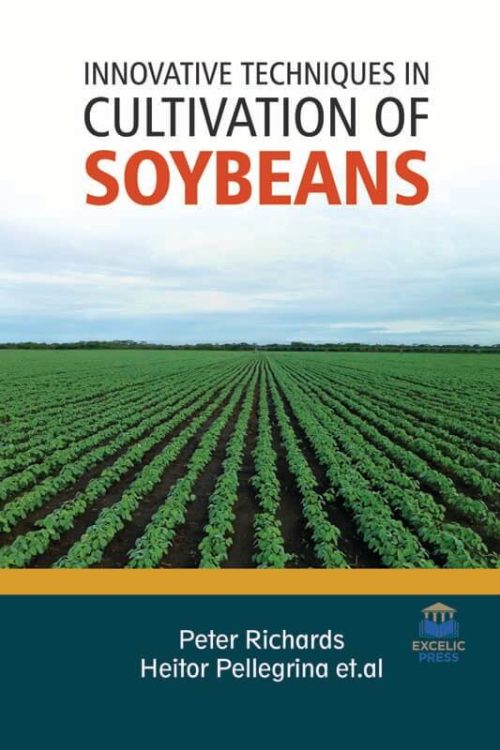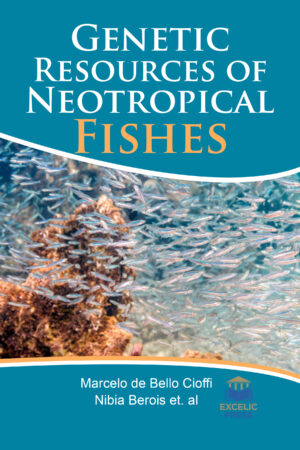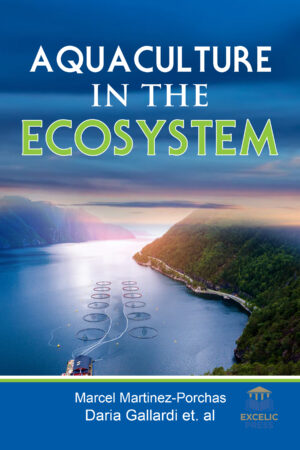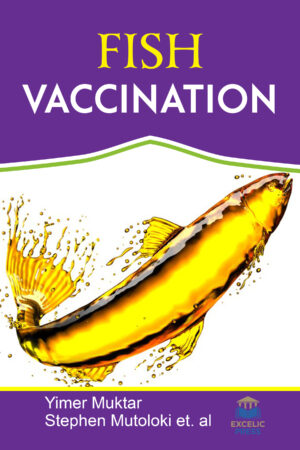Description
Soybean (Glycine max) is the second most planted crop after corn worldwide. It is one of the most important sources of high-quality plant-based proteins and oils used worldwide for the manufacturing of health and consumable products. Soybean has enormous economical significance due to its high food value and its role in the vegetable oil industry as well in biodiesel production. Leguminous plants are sources of various industrial enzymes, protein, fiber, and unsaturated fat, and rich in vitamins and minerals, a nutritious meal with high food value. It has been explored worldwide for its inclusion in a variety of foods and is also an important constituent for animal feed. In recent years, much attention has been paid to the improvement of growth and yield of soybean.
This book contains state of the art topics and research addressing the issues in areas like breeding and agronomy, managing and controlling the range of diseases affecting soybean as well as post-harvesting methods. This book intends to determine the effects that seed viability has on germination, seedling vigor, and multiple shoot inductions. The mechanism of soybean seed production is very complicated. Soybean yield is strongly associated with pod number and seed number; these are prompted by light interception and growth during the period between beginning blooming and beginning seed. Improvements in weed control and planting and harvest machinery, as well as the incorporation of disease and lodging resistance into elite soybean germplasm, have contributed to the yield improvement. In addition, many theories on the physiological traits associated with genetic yield improvement have been put forward; however, there is still some incongruency among these theories.
Therefore, it is important for soybean yield improvement to understand the relationship between yield and quantitative physiological traits. Cover crop-based, organic rotational no-till (CCORNT) corn, and soybean production is becoming a viable strategy for reducing tillage in organic annual grain systems in the mid-Atlantic, United States. This strategy relies on mechanical termination of cover crops with a roller-crimper and no-till planting corn and soybean into cover crop mulches. Here, we report on recent research that focuses on integrated approaches for crop, nutrient and pest management. Furthermore, the book moves to present interaction between soybean cultivars and seed density and seedling shoot and root growth responses among soybean genotypes to drought stress.
There is a growing interest to unravel the mechanisms underlying these beneficial plant-microbe interactions because of the activities of these microbial communities. In this book, we summarize our current understanding of the beneficial interactions of soybean plants with arbuscular mycorrhizal fungi, nitrogen-fixing rhizobia, and fungal and bacterial endophytes and identify major knowledge gaps that need to be filled to use beneficial microbes to their full potential. This book will be of a highly valuable guide to students and practitioners working in the associated field and, moreover, may provide new concepts and starting topics for future researches.





